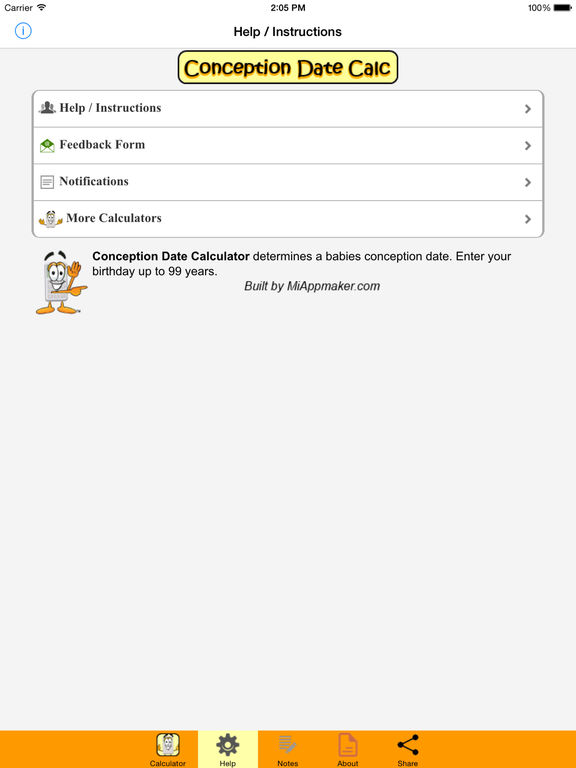

If you have irregular cycles you can ask about a ‘dating scan’-an ultrasound done around the six-week mark which calculates the due date based on embryo size. This is how your pregnancy healthcare provider will calculate your due date. This means, that by the end of the third gestational week your baby will be one week old, but you’re already at the end of Week 3 of your pregnancy. So if you have a regular 28-day cycle you’ll ovulate around Day 14 and your baby will be conceived around that date, the start of gestational Week 3. Most pregnancies will last 40 weeks (38 weeks from the actual conception date).īasically, the start date of your pregnancy is actually the first day of your last period-Day 1 of your menstrual cycle. For more information, contact RMA for assistance.How is your due date calculated using this pregnancy calendar?ĭid you know that on the day your baby is conceived you are already two weeks pregnant?! It doesn’t sound right, but that’s how gestational weeks are calculated. Therefore, with frozen embryo transfers, the timing of genetic testing has no bearing on when the transfer occurs.Įvery pregnancy is unique, and as such, there is no one-size-fits-all answer to how the process unfolds. Genetic testing is commonly performed when the embryo has 100 cells, which occurs between days five and seven.

Suppose she has been undertaking estrogen and progesterone therapy to build the uterine lining. The date for embryo transfer is dependent on where in her cycle a woman is. What day is the best day to transfer your embryo?.ICSI has no impact on the due date calculation since only fertilized eggs are implanted. This process ensures that the sperm fertilizes the egg. One sperm is injected through the outer egg wall directly into the egg’s cytoplasm during this procedure. Regardless, through IVF, a procedure called intracytoplasmic sperm injection or ICSI can be performed. It may also be because the sperm is unable to swim as it should. It may be due to the overall thickness of the egg. However, in some instances, sperm cannot get through the outer layer of an egg. It is here, at the cytoplasm, where fertilization occurs, and an embryo is created. When a couple conceives naturally, the head of the sperm attaches to the outer edge of the egg, allowing the sperm to push through and enter the inside of the egg. What is ICSI, and will it affect my due date?īefore an embryo can be implanted, successful fertilization must occur.Babies born due to frozen embryo transfer have higher birth weights, and these pregnancies are less high risk. Giving the uterus time to build a sufficient lining allows the connection between embryo and placenta to be stronger. Whether it is a week or three months after fertilization, choosing the proper timing to implant an embryo raises the likelihood that the uterus is receptive and ready. First and foremost, the procedure has shown the highest rates for successful implantation and pregnancy. FET has become the preferred method for several reasons. RMA only performs frozen embryo transfers (FET). Why does RMA only do frozen embryo transfers?.A frozen transfer allows for the window that the embryo is able to implant and the uterus is able to receive the embryo to better line up. Other times, the mother’s body may not be ready to receive the implantation, so the embryos are frozen to be transferred at a later date. The timing of the process is critical so in some cases, embryos may be implanted within days of fertilization. The lining of the uterus must be in the proper condition so that the embryo implants successfully. IVF is a process where retrieved eggs are fertilized with sperm outside the body and then implanted back into the uterus.


What is the difference between fresh and frozen transfers?.We do not differentiate between due dates as they are all considered frozen embryo transfers at the blastocyst stage. Allowing an embryo to develop to this stage allows us to identify and select the embryo with the highest chance of success. Why are the due dates for a Frozen Embryo Transfer Day 5, Day 6, Day 7 the same?īy day 5/6/7, a normally developing embryo, is a rapidly dividing ball of cells known as a blastocyst.Clinical Trials & Research Opportunities.


 0 kommentar(er)
0 kommentar(er)
